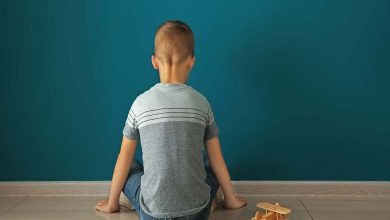Study: The Environment Plays a Key Role in the Behavior of Individuals with Autism

A recent study shows that the environment is a central factor in understanding and shaping the behavior of individuals with autism spectrum disorder (ASD). While previous research has largely focused on genetic and neurological causes, this new perspective highlights the critical influence of everyday surroundings and interactions.
-
Virtual Autism in Children: Worrying Behaviors Caused by Excessive Screen Time
-
How Does Autism Affect the Way People Walk?
Researchers point out that factors such as noise levels, lighting, social density, and spatial organization directly affect the quality of life and behavioral responses of autistic individuals. Overstimulating environments often increase anxiety, trigger avoidance behaviors, or lead to meltdowns. In contrast, calm and well-adapted settings encourage communication, independence, and social participation.
The study also stresses the diversity of sensitivities. Some individuals are highly reactive to sounds or light variations, while others are more affected by unpredictable social interactions. These findings underline the importance of individualized approaches that address the unique needs of each person with autism.
-
Parental Age and Autism: What Does Science Say?
-
Why Are More and More Children Being Diagnosed with Autism?
The practical implications are significant. They encourage the redesign of educational, therapeutic, and even urban spaces through the lens of inclusivity. Simple measures—such as providing quiet areas, using softer lighting, and reducing background noise—can greatly enhance the daily experiences of autistic individuals. Equally, awareness among families, teachers, and colleagues is crucial to foster acceptance and understanding.
Beyond practical measures, this study contributes to a broader understanding of human behavior, recognizing individuals as relational beings embedded in complex ecosystems. Autism is seen not only as a neurological difference but also as a lived experience continuously shaped by social and material environments.
-
What Is the Link Between Maternal Health and Autism in Children?
-
Common Medications during Pregnancy May Increase the Risk of Autism in Children
Therefore, supporting autistic individuals must go beyond medical or psychological interventions. A conscious transformation of the environment, aimed at reducing barriers and strengthening resources, is essential for genuine and lasting inclusion.












